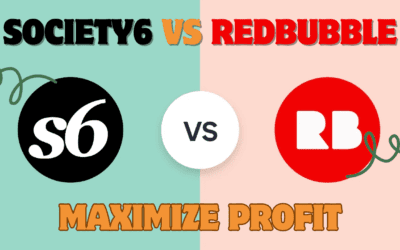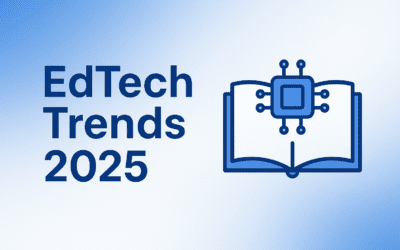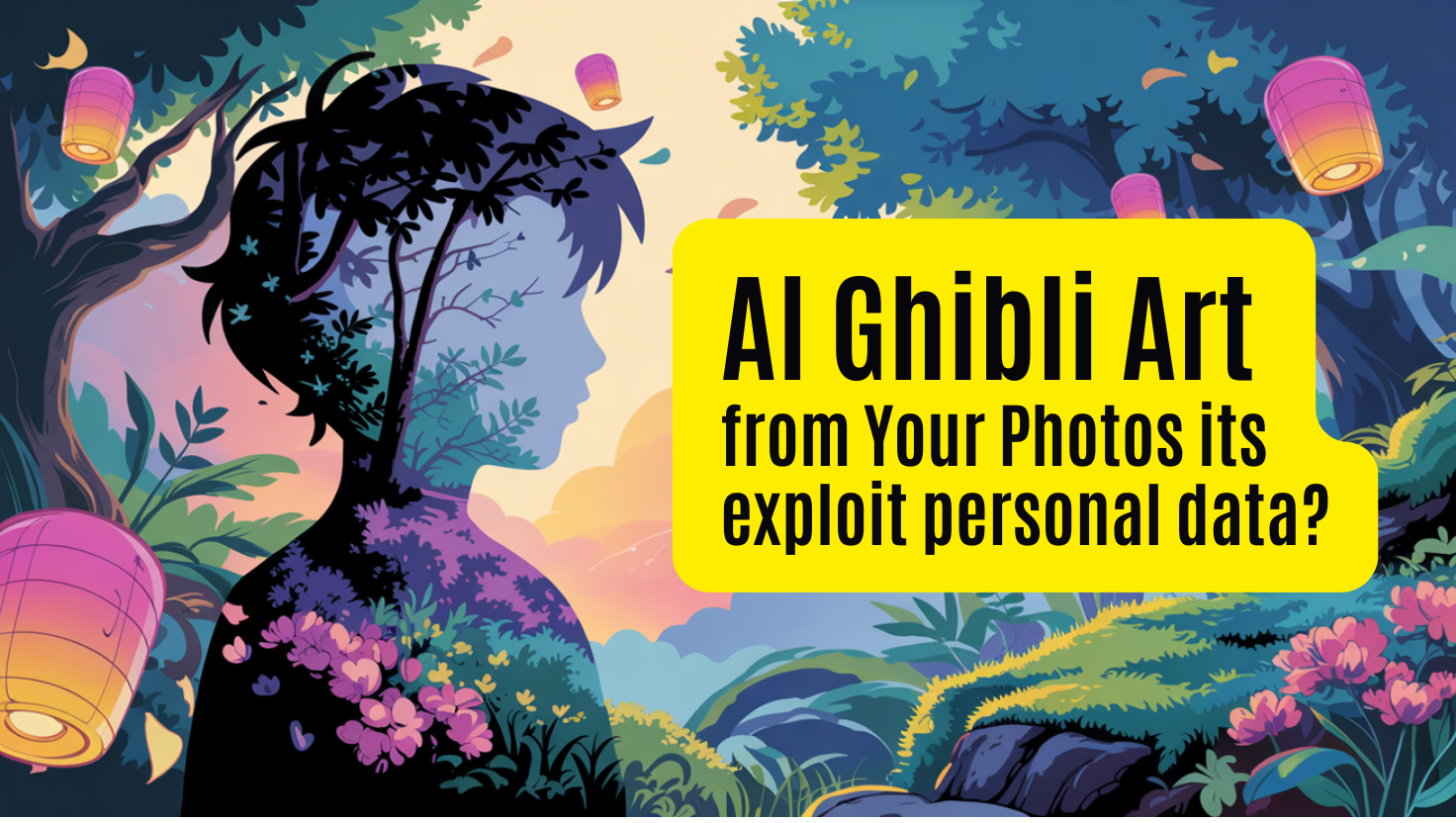Introduction
Imagine transforming your selfie into a whimsical Studio Ghibli character with a single click. Thanks to ChatGPT Ghibli Style Generators, this fantasy is now reality. These AI-powered tools use advanced algorithms to reimagine photos in the iconic anime style, captivating millions. But behind the magic lies a darker truth: the rise of deepfake technology and its potential to exploit personal data. In this deep dive, we’ll unravel how these generators work, the privacy risks they pose, and how to protect yourself in an era where digital art meets deception.
How ChatGPT Ghibli Style Generators Transform Your Photos
Understanding Deepfake Creation with ChatGPT Ghibli Style Generators
ChatGPT Ghibli Style Generators leverage generative adversarial networks (GANs)—a type of AI that pits two neural networks against each other. One generates images, while the other critiques them, refining outputs until they mirror Studio Ghibli’s hand-drawn aesthetic. Here’s the process:
- Image Upload: Users submit a photo, often via apps or websites.
- Feature Extraction: The AI analyzes facial features, lighting, and textures.
- Style Transfer: The system applies Ghibli-esque elements (e.g., soft edges, vibrant hues).
- Output Delivery: The transformed image is shared or downloaded.
While this seems harmless, the AI requires access to high-resolution photos, raising questions about data usage and storage.
Privacy Risks of Ghibli-Style Deepfakes
1. Deepfake Misuse and Identity Theft
These tools can create convincing deepfakes, which malicious actors might use for:
- Fake social media profiles
- Blackmail or defamation campaigns
- Financial fraud (e.g., bypassing facial recognition)
2. Data Retention Policies
Many platforms retain uploaded images indefinitely. A 2023 Wired investigation found that 65% of AI art apps lack clear data deletion protocols, leaving user photos vulnerable to breaches.
3. Vague Terms of Service (TOS)
Buried in lengthy TOS agreements, companies often claim broad rights to user content. For instance, some services grant themselves licenses to use uploaded images for “AI training” without explicit consent.
Real-World Examples and Statistics
- Celebrity Deepfake Scandals: In 2022, a viral TikTok account used a Ghibli-style generator to create fake videos of actor Tom Holland promoting a scam cryptocurrency, duping fans out of $1.2 million (Forbes).
- Rising Deepfake Cases: A 2023 report by Deeptrace noted a 330% increase in deepfake incidents since 2020, with entertainment-style tools contributing to 40% of cases (Deeptrace).
Step-by-Step Guide to Protecting Your Privacy
1. Strip Metadata from Photos
Use tools like ExifTool or Adobe Photoshop to remove hidden metadata (e.g., location, device info) before uploading.
2. Opt for Local Processing Tools
Choose offline software like GIMP or DeepArt that processes images on your device, avoiding cloud storage risks.
3. Vet Service Providers
Prioritize platforms with:
- Transparent data deletion policies
- End-to-end encryption
- No third-party data sharing (e.g., Luminar Neo)
4. Stay Informed
Follow updates from organizations like the Electronic Frontier Foundation (EFF) for AI privacy news.
Legal and Ethical Considerations
Recent Regulatory Moves
- EU AI Act (2024): Requires AI tools to disclose deepfake origins and obtain user consent for data usage (European Commission).
- California AB-602: Bans malicious deepfake creation, imposing fines up to $10,000 per violation (CA Legislature).
Ethical Best Practices
- Avoid sharing others’ photos without consent.
- Report suspicious deepfakes to platforms like StopDeepfakes (StopDeepfakes).
Conclusion
ChatGPT Ghibli Style Generators blend creativity and technology, but their risks demand vigilance. By understanding their mechanics, advocating for stricter policies, and adopting privacy-first habits, users can enjoy AI artistry without compromising security. As the line between imagination and reality blurs, staying informed is your best defense.


















